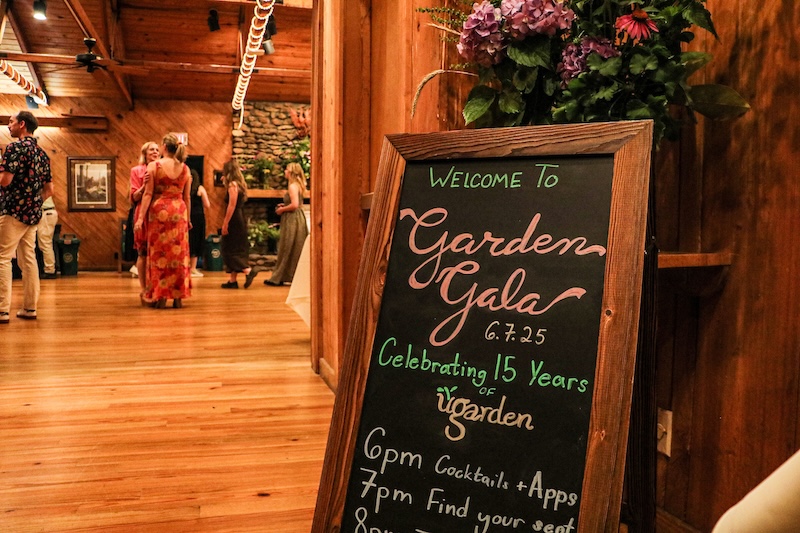If you're shopping for a holiday gift plant, you're bound to see some odd, exotic plants among your garden center offerings.
Some may be growing on what looks like little stumps. Most have brightly colored leaves or peculiar flowers and thick, waxy leaves.
They're called bromeliads.
"Bromeliaceae is a very large family of plants," said Paul Thomas, a horticulturist with the University of Georgia Extension Service. "They're epiphytic, which means they grow on trees, usually in very tropical environments."
The bromeliads you're apt to buy in stores aren't Georgia products. They come from South and Central America, from Peru and Chile up through Mexico.
"Georgia has a native bromeliad," Thomas said. "It's called Spanish moss, which is a Tillandsia plant. As you go further south into Florida, you'll find many other Tillandsias."
Another famous bromeliad is the pineapple. That's one of the biggest plants in the family, although there are a few bigger species.
"So you have bromeliads that you eat, and you have some that can be used as packing material," Thomas said. "Another whole group is floriferous -- they're grown for their exotic flowers."
Among these plants, the ones you'll find in stores this Christmas and throughout the year, are Cryptomeria, which are sometimes called "Christmas stars" and other names. "They're noted for their multicolored, flat, pineapple-like leaves," Thomas said. "They make a wonderful indoor ground cover and neat pot plants."
One spectacular bromeliad is a Vriesia. "This plant has huge red bracts on the flower scape," he said. "It sends up what looks like a large, bright red sword, which opens up to reveal bright blue flowers."
Bromeliads come in countless shapes and sizes, from tiny things to giants. And the great thing about them, Thomas said, is "they're all fairly easy to grow."
They grow best in medium light. So they do well in east- or west-facing windows. And they grow well under artificial light.
"You can carry them outdoors in the summer, and they'll bloom like crazy," Thomas said.
But remember, they're epiphytes -- they grow on other plants. "They like to be watered, but they're used to having the water run off," he said. "You can grow them well in a pot in a regular potting mix, but you have to let the mix dry out from time to time."
Or you can attach them to slabs of bark. "They'll slowly root into the bark," he said, "but you'll have to water them more often."
A unique thing about watering bromeliads, Thomas said, is that their leaves are complete rosettes, forming perfect cups.
"That's how a tree dweller survives," he said. "They're used to catching water that way. So water the plant from top to bottom to keep adequate moisture in those cups."
To keep the plant looking its best, you'll need to give it a thorough shower every couple of weeks or so.
These plants don't like a lot of fertilizer, though. Thomas' rule-of-thumb is to divide the label recommendations of your normal houseplant fertilizer by four.
Bromeliads are annuals in Georgia. They're not cold-tolerant. In south Florida, though, they keep growing as long as people take care of them.
"You can have bromeliads that are 10 or 15 years old," Thomas said, "if you bring them inside when it turns cool and keep them watered."
Bromeliads are resistant to most diseases, as long as you don't let the roots get saturated. They're resistant to most insects, too.
And even apartment dwellers who don't have many windows can have big collections of bromeliads.
"Many of these plants are tiny," Thomas said. "The entire plant may be the size of your thumb. And they grow very slowly. So you can have a big collection of bromeliads on a single window sill."






